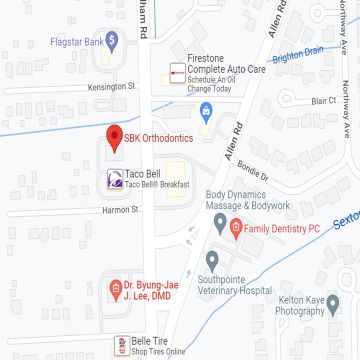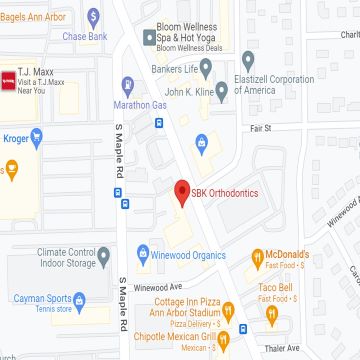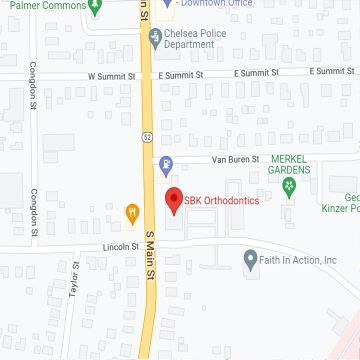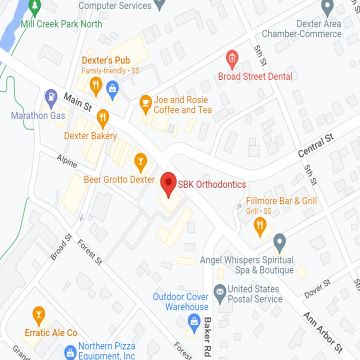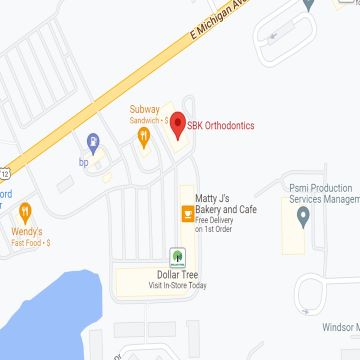What Food Can You Eat With Braces?
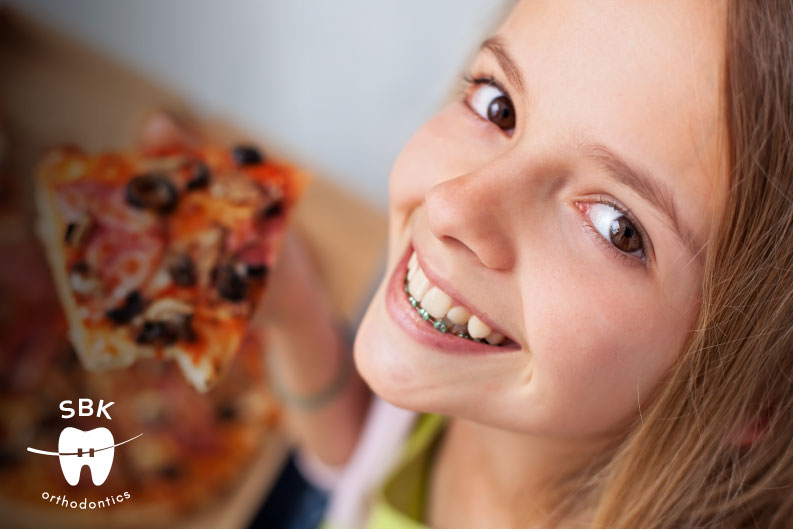
To obtain optimal results at the end of orthodontic treatment, it is crucial patients comply with the orthodontist’s recommendations.
Poor patient compliance will inevitably result in increased orthodontic treatment time, and care measures will require more effort from the patient and the orthodontic specialist.
, despite orthodontists enduring years of training to acquire knowledge embodied in planning orthodontic treatment, patients’ compliance ranks as the most critical aspect entailing performance and treatment development.
These elements combined have a high impact on obtaining functional and optimal results. For instance, an orthodontist can determine the duration of treatment based on the severity of a dental misalignment (malocclusion), assuming beforehand absolute patients’ compliance to recommendations.
Compliance consists of following recommendations about enhanced oral hygiene measures, attending adjustment checkups, and a restriction on eating some foods. In that context, this article emphasizes the dietary restrictions during orthodontic treatment with various types of braces.
What Foods Should You Avoid Eating With Braces?
Although commonsensible, patients should avoid the intake of hard foods due to the risk of damaging dental appliances, we consider it remarkable to detail a list of foods that people generally have at home and should avoid consuming throughout the entire orthodontic treatment:
Nuts Or Seeds
Whole or large pieces of nuts and seeds are hard to bite and could cause a loose bracket (support) or a wire to bend or break.
Also, elastic bands could also be affected, causing the orthodontic process to regress, increasing treatment duration.
Lastly, biting into hard nuts might cause a tooth to move into an unwanted position impairing treatment success.
Hard-To-Bite Fruits and Some Raw Vegetables
Fruits like peaches, pears, apples, and vegetables like carrots require patients to bite with their front teeth. As patients try to rip the food with their brackets, the front wires might twist, and a bracket might detach from a tooth.
Instead, we recommend our patients eat these fruits as a puree or juice or cut them into small pieces that are easy to chew with the molars.
Bread and Hard Crusts
Pizza crusts and hard bread are difficult to chew. Sticky food rests can also get trapped between brackets and wires. Also, these starchy foods’ decomposition after chewing them makes oral hygiene a problematic task.
Additionally, orthodontists and dental hygienists suggest avoiding the consumption of the following foods during orthodontic treatment with braces:
- Chewing gum (except ADA-approved gum);
- Popcorn;
- Hard cookies;
- Hard candy and;
- Potato chips.
Finally, but most importantly, orthodontists advise their patients to avoid sugary drinks and foods as much as possible. Sugar contributes to the formation and development of tartar and bacterial plaque, predisposing the patient to develop cavities and eventually lose a tooth.
What Foods Should A Patient Avoid the First Week With Braces and After Adjustments?
It is common for people who are unaware of the benefits of following the orthodontist’s recommendations to the letter to question the foods they can and cannot eat.
This doubt is normal, so it is of great importance that the orthodontic professional explains in detail the basis for maintaining a different habit; while treatment lasts and the benefits that complying with it entails.
We find it necessary to focus on the patient and clear doubts about the foods that can exacerbate discomfort and might also cause pain, especially after the placement of dental braces and their monthly maintenance or adjustment.
Thick Cuts of Meat
After the placement of orthodontic braces, jaws might be sore, and a patient might experience difficulty opening their mouth to the fullest.
In addition, thick meats require patients to make an effort with the mandible muscles causing pain that travels along the arches of the mandible and maxilla.
Citrus and Spicy Foods
These foods are counterproductive because the teeth will be sensitive due to orthodontic treatment, which could exacerbate existing inflammation.
Thick Pieces of Bread or Crusts
Thick pieces of bread or crusts are challenging to bite, especially when a patient has a newly installed set of appliances.
Frozen Food or Ice Cream
Any frozen food could produce hypersensitivity in the teeth causing pain to the patient.
It is essential to mention that you can continue eating the foods above, but with due caution, as soon as the patient feels less discomfort from their dental adjustment appliances.
What Foods Can You Eat With Braces?
In the same way that we ask ourselves about the foods we should not eat during braces treatment, the same thing happens regarding what foods we can eat, since the fact of having so many restrictions to comply with the treatment in the best way often makes patients upset.
Maintaining a balanced and healthy diet is vital and even more so when we use orthodontics.
Vegetables
Cooked vegetables are an excellent food option because they provide essential vitamins and minerals for the body’s functioning. Some preparation options are creams or crushed purees to avoid chewing them and damaging orthodontic appliances.
Protein
Fish, dairy products, and eggs are excellent sources of protein and fat content. We recommend choosing red tender meat without fiber since it is easier to chew. Also, brackets clean-up is friendlier if soft-cooked in the oven and not on the grill.
Fiber
Fiber is an excellent complementary food to regulate the digestive system while being easy to chew. In addition, cereals and tubers are a perfect option for their supply of complex carbohydrates, minerals, and some vitamins. As for preparing cereals such as rice or pasta, patients can consume them well-cooked in soups and creams to facilitate intake.
How to Avoid Orthodontic Emergencies?
It is of great importance to comply with all or most of the measures suggested by the orthodontic professional regarding hygiene and eating habits. Without a doubt, failure to abide by these measures produces complications such as increased sensitivity, broken teeth, broken brackets, and oral infections.
Care is the patient’s commitment. Clear examples include avoiding chewing hard foods, using the teeth to cut or open things, and wearing a mouth guard when the patient practices a sport or activity that may expose their teeth. These measures will contribute significantly to avoiding an orthodontic emergency or requiring emergency orthodontic care from an Ann Arbor orthodontist.
How to Maintain Good Oral Hygiene?
The orthodontist generally recommends a complete oral cleaning protocol with indications on correct tooth brushing with an interproximal brush, dental floss, and special toothpaste and, in addition, avoiding the intake of hard foods that can harm the treatment.
Patients, of course, must schedule an appointment with a dentist or a dental hygienist at least every six months for a dental cleaning and an orthodontist every month to review the progress of orthodontic treatment.
Each piece of advice from our staff at SBK Orthodontics will let your smile shine. We care about giving our patients every detail to produce a beautiful smile in a uniquely fun and friendly environment.




